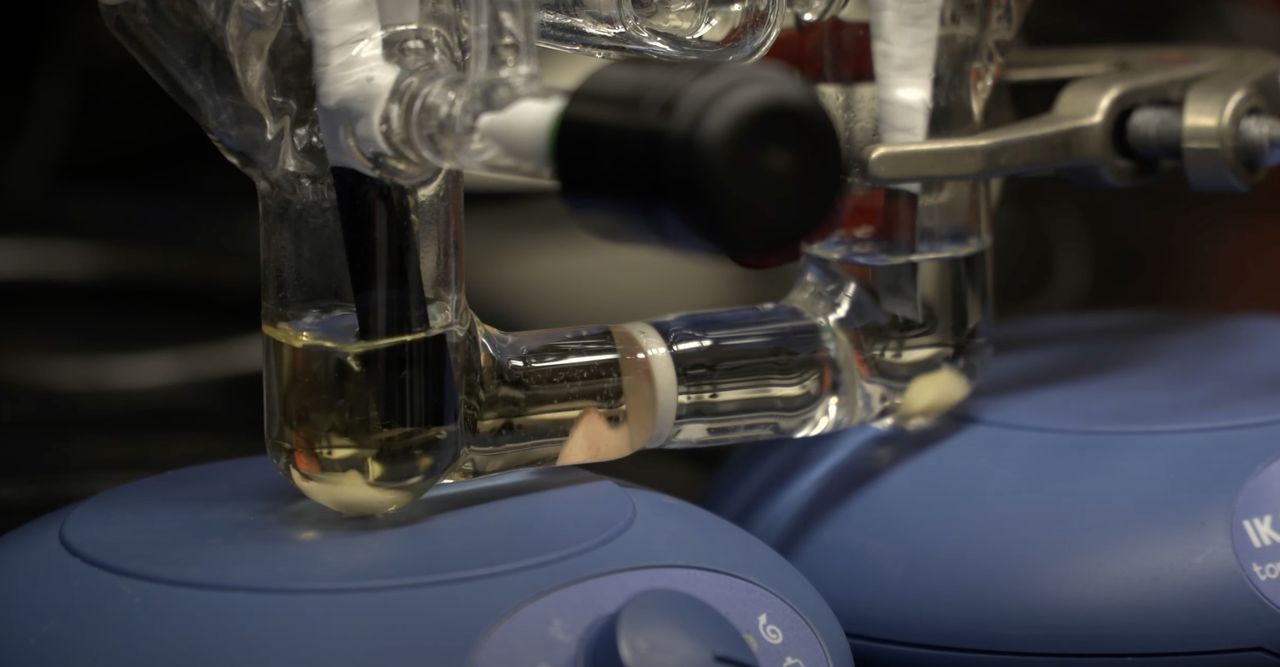
Researchers have developed a new approach for recycling PET thermoplastic using electricity.
PET is one of the more common materials used in 3D printing, being third in popularity behind PLA and ABS/ASA.
That’s not surprising, given PET’s versatility: it’s a relatively strong material, has plenty of impact strength, and can even be translucent. These properties also make it a popular choice for drink bottles.
However, as everyone knows there are staggering numbers of drink bottles that are created and disposed of each year. A good portion of these bottles becomes waste, and that contributes to the world’s growing microplastic challenge. For this reason the researchers sought a better way to recycle PET material.
The researchers listed four current approaches for recycling PET:
- Primary Recycling: simple re-extrusion of the PET material
- Mechanical Recycling: incorporating PET into other building materials using heat and force
- Chemical Recycling: the PET is broken down into base monomers for reuse with various complex and expensive chemical processes
- Quaternary Recycling: the PET is incinerated and energy is recovered from the generated heat
It turns out that by far the most popular approach is mechanical recycling, which is the simplest to implement — but that’s for the material that actually is recycled. There is more PET that isn’t ever recycled.
In the 3D print world, primary recycling is the most popular approach. In this method we see used 3D prints, job scraps or a stream of used drink bottles are chopped up and re-extruded into usable 3D printer filament.
This approach has been attempted by several organizations, but it has never caught on with the larger 3D print community. I suspect it’s because the cost of recycled filament tends to be a bit higher than “normal” filament, and because an environmental imperative is not particularly high in the community. There’s also the issue of scaling up such operations, which tend to use expensive equipment and have limited sources of consistent input material.
Because of this recycled filament operations tend to be of smaller scale than the big industrial setups used by the major providers of filament.
Perhaps this can change in the future with a new development from researchers at the University of Colorado, Boulder. They were able to create a new method of breaking down PET material using an electrochemical process. They explain:
“Our one electron reducing agent generates anion radicals of the terephthalate polymer component, which can, in turn decompose when exposed to air. The results set the stage for the development of electricity-driven recycling methodologies that can leverage deep and easily accessible mechanistic understanding from reactions of small molecules that then can translate into sustainable, scalable technological methods for macromolecule deconstruction.”
This is quite different from current chemical recycling processes, which require extreme temperatures, and “extreme Ph conditions”. The new process is similar to electrolysis, where a mediating material is introduced.
The idea here would be to break down the PET to base monomers that could in turn be regenerated into base PET material: pellets.
Those pellets would then be used in the standard filament production systems and emerge just the same as any non-recycled PET filament.
This is important: the idea is that the filament producers would not have to change their systems, equipment or processes. They would simply use a different input material that just happens to be recycled.
Hopefully the cost of the recycled pellets using the new approach would be similar to the current cost of raw pellets. If so, then a switch to recycled PET would seem straightforward.
Via Science Direct
